CoVID-19 Control Measures and Airport Temperature Checks
Apart from automatic temperature check kiosks , the use of self-service technologies in airports has grown dramatically over the last decade. Self-service kiosks for self-check-in, baggage drop, and passport control are available at most airports. The primary motive behind automated airport technology is to reduce waiting time. Reduced waiting time is critical to maintaining a good customer experience in airports as aviation grows. This can be attested by the fact that the International Air Transport Association (IATA) has forecasted that air passengers will double in the next twenty years.
Due to the close proximity of other passengers and the lack of fresh air circulation, air travelers are more likely to encounter viruses in airports and on planes. As a result, airlines may consider instituting temperature checks at airports before passengers check-in or board a flight. Although temperature checks cannot detect COVID-19, they can detect abnormal temperature readings, and prevention is essential to limit the virus spread.
Airlines have started to conduct temperature tests at several airports using a portable thermometer run by a crew member. Handheld thermometers, necessitate the use of a staff member to perform these checks, potentially endangering their health, resulting in long queues, and can also be costly due to the requirement of additional staff members. This can be prevented with the use of automated temperature check kiosks as self-service technology is always a better option.
Are facial recognition temperature kiosks capable of detecting coronavirus?
Facial Recognition Temperature Screening Kiosks are not medical devices and cannot detect a person infected with the virus. These zero-contact automated kiosks read the temperature of a person standing in front of the device within a second and confirm the accurate temperature. The process is super-fast and accurate, resulting in reduced workload for employees and shorter wait times for travelers.
How are airports employing the kiosks?
Temperature checks are mostly performed at airports using a handheld thermometer or at temperature check kiosks. They can be installed at – Boarding gates, Check-in desks, Passport control, and Security. Passengers may be subjected to checks at various points along their journey, including before and after a flight.
What are the benefits of facial recognition temperature kiosks over the handheld thermometers?
- Facial recognition temperature kiosks provide the following benefits over handheld thermometers:
- Completely automated and contact-free.
- Reduces the risk of infection and spread.
- Aids in reducing the overall wait time and extends a sense of safety to the passengers.
What are the main characteristics of an airport temperature kiosk?
- Precise Temperature Screening
Facial recognition temperature kiosks use infrared thermal imaging equipment with ±0.5°C-0.9°F accuracy. The optimal distance for temperature reading is 0.5 meters, which allows for social distancing between the person having their temperature screened and any nearby staff member.
- Mask Detection
The presence of masks is not a deterrent for the temperature screening kiosks. You can configure mask detection in your checks, to screen users for the presence or absence of face masks and display a no-entry alert for those who do not comply with the mandatory mask protocol.
- Fever Alert
The kiosk mechanism includes an alarm function wherein, an alarm sounds off to alert staff members when a person’s temperature exceeds the configured temperature threshold.
Commercial aviation is striving really hard to restore the pre-CoVID passenger count while also doing its utmost to prevent the spread of the virus. Multiple measures implemented concurrently can produce the best results for both the industry and air passengers. Facial recognition temperature kiosks are unquestionably an efficient solution that must be incorporated into all airlines and airport strategies. More details on our automatic temperature check kiosks can be found here.





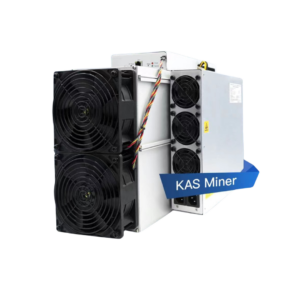
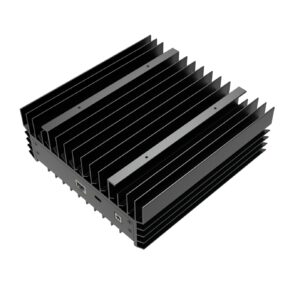
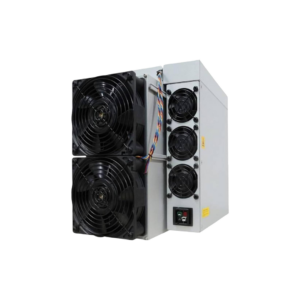
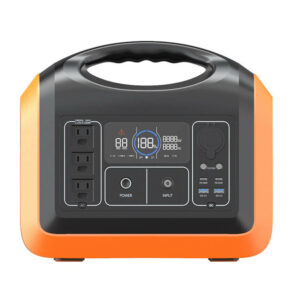
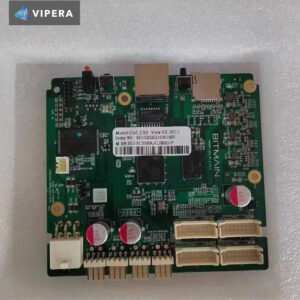




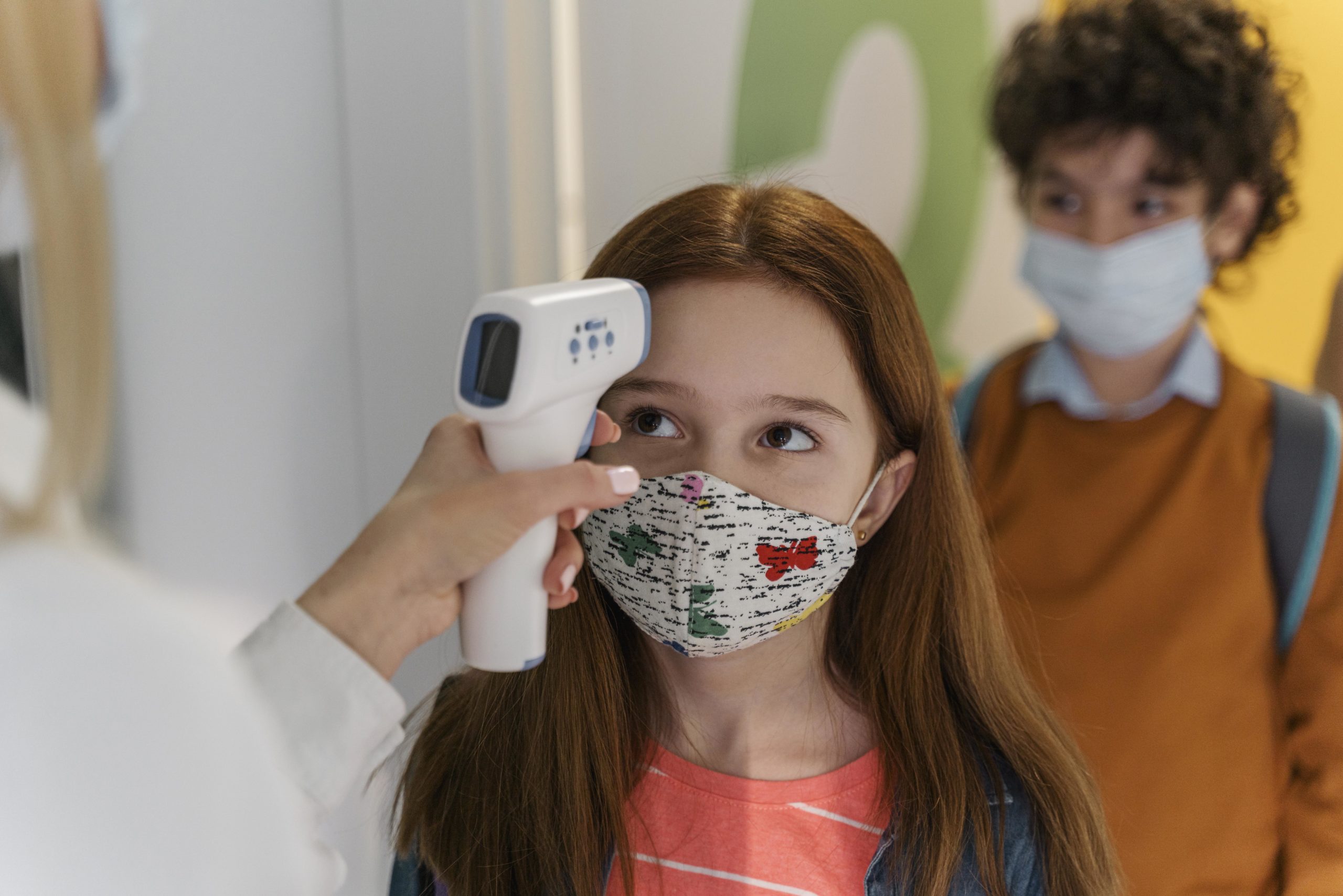
First time preordering a miner and was very happy with the results and getting it before prices went up and…
As a beginner miner, it was not easy to find a reputable company to start to deal with. I decided…
Product work well for now. They look new as advertise. Processing have been fast and easy.
Received sample unit at their Dubai store. Super happy with the transaction.
Never mind. I just realized it doesn't save the shipping fee so I will just make another order. Please close…